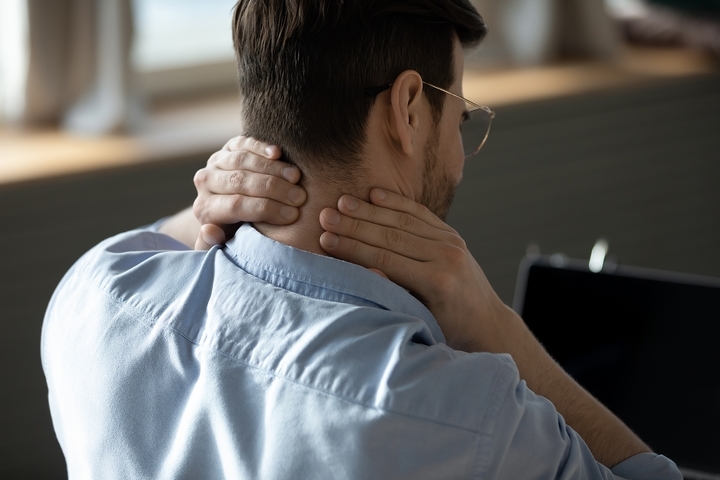What’s more unpredictable than a fall accident? You could be walking across the streets, rushing to work, the mall, or running your indoor errands, then accidentally slip and fall. The sharp, heart-wrecking pain that follows might leave you confused and hating the ground.
We are here to tell you that this pain is easily manageable through a series of tips that help to ache after a fall. But first, let’s understand the various causes of a fall accident;
- Adverse weather conditions- especially during winter and excessive rains.
- Uneven, oily, or wet surfaces- like loose floorboards or mats, potholes, and poorly constructed staircases.
- Inappropriate footwear.
- Walking at high speed while minding less of the surface.
- Poor orientation to your new environment.
- Drunk walking or cycling.
- Effects of an overly crowded place.
Fall accidents are common to everyone but should never be taken lightly. Managing pain after such an accident is essential in ensuring total healing and general body fitness. Having tried different remedies and therapies, you can get relief in aching after a fall. Most importantly, it would be best if you stayed watchful on the causes of fall accidents that we highlighted earlier. Prevention remains better than cure.
What helps aching after a fall depends on how deep the pain is. Here is what helps aching after a fall:
1. Have a Little Rest

After a fall, you can consider refraining from your everyday tasks for a while to manage the pain. Take a nap or lie on your favourite couch; during sleep, the nucleus accumbens sends the neurotransmitter dopamine, relieving pain and increasing pleasure. However, ensure not to over rest due to various risks associated with oversleeping, including diabetes from body inactivity, heart conditions, and obesity.
2. You Can Consider Ice Application Therapy

Ice application on the aching area helps to minimize pain and inflammation effects. With an ice pack enclosed within a heavy towel, smoothly rub the painful area for at least 15 minutes, three to four times a day; enclosing the ice packs protects your skin from unfavourable temperatures. The technique effectively tackles pain because it constricts blood vessels and decreases swelling in the painful area.
3. Heat Application Remedy

After a day or two of doing the ice therapy with no reward, you can now shift to heat application as a tip for reducing pain from a fall. The technique involves rubbing a heating pad or warm bag above the painful area to increase blood flow and muscle relaxation.
While heating pads or warm bags have a soothing effect, ensure not to sleep on them to avoid burns and tissue damage. A warm bath once or twice a day works nearly similar to heating pads or warm bags, but this time with an overall body effect.
4. A DIY Massage

Massage has proven helpful in managing pains from a fall, especially when combined with other remedies. It enhances blood circulation while preventing swelling through muscle relaxation. Massage also helps deliver more nutrients and oxygen to the injured tissues and organs, thus accelerating the healing rate.
However, the technique isn’t advisable for those with underlying conditions such as deep vein thrombosis, non-healed fractures, cancer tumours, burns beside a fall, and adverse skin infection or inflammation.
5. Regular Physical Exercises

Physical exercise works almost like massages but with an overall body effect. The technique manages pain after a fall by establishing muscle strength and flexibility while reducing the chances of inflammation and pain sensitivity. Even so, physical exercises are not advisable when the pain is severe, with underlying fractures or cuts. They are suitable for mild pains that don’t require much attention.
Have you tried the above techniques with little or no effect? That means the level of pain is severe and requires further relief mechanisms for severe pains. You may need more professional treatments from a medical facility, such as a physiotherapist. In addition, you may be eligible for compensation. Consult a slip and fall lawyer and determine whether you are eligible for a lawsuit.
6. Topical Pain Relievers and Anti-Inflammatories

Topical pain relievers include over-the-counter skin patches, sprays, creams, and gels responsible for relaxing painful muscles, thus reducing pain. Most of them barely have side effects and are easily accessible from chemists or stores. Anti-inflammatory medications like naproxen, ibuprofen, and aspirin are used to manage pain accompanied by inflammation, like sprains.
While you don’t require a prescription for anti-inflammatories, you should be equally cautious with them since excessive intake can trigger nausea and stomachaches. They also lead to high blood pressure, ulcers, and kidney problems after long-term excessive use. If you’re already managing the above conditions, you must consult your doctor before taking anti-inflammatory medications.
7. Visit a Doctor

Most pains after a fall don’t require your doctor’s involvement. However, if you’ve been practicing the above remedies to little or no effects, or the pain has an irregular trend, there could be further issues that are only notable by a doctor.
You never know how deep the sprains/fractures went during the fall. Thus, this is the right time to schedule an appointment with your doctor, who will advise further treatment like surgery or physical therapy.




